Урок з англійської мови у 10 класі на тему "Street Art"
Дана розробка уроку стане в пригоді для вчителів англійської мови при підготовці до уроків з теми "Мистецтво" в 10 класі, а також при проведенні виховних заходів.
Street art
Objectives:
- to develop students’ communicative skills through describing pictures;
- to develop reading and speaking skills;
- to practice the vocabulary on the topic; to train students’ habits in group work;
- to develop students’ imagination, logical thinking and creative abilities;
- to stimulate students’ interest in arts.
Equipment: handouts, a cassette recorder, pictures of street art, text for reading, computer.
Procedure
- Introduction
T: Good morning, children! I am glad to see you! How are you? At the previous lessons we have spoken about famous artists, the world museums. Today our lesson will be devoted to the street art. Your task was to prepare some interesting information about this kind of art.
- Warming-up
T: What kinds of street art do you know?
( Pupils come up to the blackboard and fill in the mind-map)
Street art:
- advertising billboards;
- buskers;
- clowns;
- fireworks;
- graffiti;
- living statues;
- street musicians;
- open-air concerts;
- pavement artists ( street painting);
- sculptures;
- statues
- Main part
- Speaking.
T: Now let’s make a tour around the cities and their streets. Look at the screen and try to
name the kind of the street art. What is a busker? What is busking? What do you know
about this kind of art?
T: What “ street art” do you see or hear in your town? Is this art? Is this a kind of
entertainment or the way to earn money?
- Vocabulary game.
T: We are going to play a game to see how attentive you were and how you remembered the new words. ( Pupils choose the card with the definition of the word and name this word).
A large picture in a street that advertises something ( billboard)
A show of bright colours and noises at night using objects that burn or explode ( firework)
Writing or drawings on walls ( graffiti)
Someone who keeps still like a statue ( living statue)
An artist who draws pictures on the pavement in chalk (pavement artist)
To entertain people for tips ( to busk)
A person who busks ( a busker)
The practice of performing in public places for tips ( busking)
A concert taking place outside a hall in the open air ( open-air concert)
They mime, dance and tell jokes ( clowns)
They sing or play the musical instrument entertaining people ( street musicians)
- Reading.
T: Let’s travel into the past and find out who gave birth to graffiti and find out how popular graffiti is.
Pre- reading
T: To be able to understand the text you should read the new words and try to remember the main facts from this text. ( one pupil reads the words with their translation)
Vocabulary
Deterred стримуватися, боятися щось зробити
Mural стінний розпис
Rival конкурувати
Harsh суворий
Singapore Сингапур
Flogging тілесне покарання
While-reading
Text “ Graffiti as a part of modern art”
( pupils read the text in chain).
Graffiti as a part of modern art
Graffiti is the name for images or lettering scratched, scrawled, painted or marked in any manner on property.
Graffiti has existed since ancient times. In 1969, one person made graffiti famous and inspired people to start ‘tagging’ (writing their nick-name in an artistic way). That person was a Greek teenager named Demetrius who lived in 183rd Street in New York. His nickname was Taki so his tag became TAKI 183. He then wrote it everywhere and people copied him. When buses and the subway stopped in the main station in New York, dozens of writers would write their name on it.
Graffiti became a way of life. Graffiti style was massively influenced by the hip-hop culture that had started in the Bronx in the sixties. Hip-hop with its rapping, break dancing attitude and graffiti became a way to show anger and humour. Street gangs began to write the name of their gang on walls in order to mark territorial boundaries.
Soon graffiti was spreading across America. The railroad and subway trains were so popular for graffiti so that it could be seen by many people. Train companies invested in special cleaning chemicals so that graffiti could be removed quickly. However one graffiti artist was not deterred – Lee Quinones decided if he couldn’t paint trains, he’d paint his graffiti on handball courts instead. No graffiti artists had ever been offered money for their work but one day Fred Brathwaite, a graffiti artist himself, offered Quinones money for his murals. Then they formed a graffiti mural group.
Many graffiti artists from the 1980s became rich. They were criticized for this by others who said that their motivation for graffiti shouldn’t be money. There are hundreds of international graffiti events for artists now. These events promote unity between graffiti artists who are often rivals.
Many states in the USA and different countries would like to stop graffiti. In Pittsburgh, USA, there is a proposed law to ban the sale of marker pens to people under 18. Other countries are very harsh. Singapore has just one wall where graffiti can be written ( even then, some of it is censored). The city has a campaign for graffiti rules. In 1994, an American teenager Michael Fay sprayed paint on a car and was sentenced to a flogging.
Since those days, graffiti has changed a lot. Nowadays, it has the status of “street art” and you get graffiti in places where you wouldn’t expect it – in advertisements, on clothes, on toys and even on the website.
Post-reading
- Matching the beginning of the sentences with the endings.
- Demetrius is a person…
- Graffiti style was massively…
- Gangs write on walls..
- Taggers wrote on trains…
- Train companies bought special chemicals…
- Some graffiti artists…
- Graffiti events are organized…
- Pittsburgh wants to introduce a law…
- that bans the sale of marker pens to the people under 18.
- so that their art could be seen across America.
- were offered a lot of money for their work.
- who made tagging popular.
- in order to mark their territory.
- so that graffiti could be removed quickly.
- so that rival graffiti gangs could make friends.
- influenced by hip-hop culture.
- Answer the questions ( short- answer questions, use no more 4 words).
- What is graffiti?
- Who made graffiti famous?
- What was graffiti style influenced by?
- Where can you get graffiti ?
3.Group work. Discussion.
T: Is graffiti widespread in Ukraine? Where can you see graffiti? Discuss your attitude towards graffiti. The first group proves: Graffiti is art. The second group – Graffiti is vandalism.
T: As the English proverb says: ‘So many men so many minds’.
- Summing-up
T: I think it was interesting for you to learn some information about street art. As for me I was impressed of living statues and street paintings. And what about you? What was interesting and new for you?
“ Microphone”. ( Pupils answer in chain).
- Home assignment
T: Your home task will be to prepare some interesting material about body art.
Art
- Graffiti is creation of beautiful and significant things through drawing and painting.
- I consider it’s an important aspect of hip-hop culture. To suppress this art is to suppress a major historical movement.
- Some graffiti takes a lot of skills to create and looks great. That is art in my opinion.
- As far as I know nowadays many of graffiti artists are treated as respected artists.
- Great artists express their thoughts, feelings, desire, sympathy, dislike in such way. They want to be different from others.
- From my point of view graffiti is art, but it depends on where you write it, what you write and how you write it.
- To my mind graffiti is a form of art if the design is creative and interesting.
- I suppose it is a form of decoration where artists can share their feelings and talents.
- On the one hand it is art, on the other hand there ought be special places to create it.
- I think graffiti is art. Why should people be punished for expressing themselves? It’s just like writing or drawing. Expressing yourself with spray paint isn’t bad.
- Graffiti artists want to be famous. It’s a new trend in modern culture.
----------------------------------------------------------------------------------------------------------
Vandalism
- I doubt it is an art. It is gang tagging or scribbles.
- On the contrary. Graffiti was considered to be an example of anti-social behavior, the work of vandals.
- I think graffiti is ugly.
- If it is art their works should be displayed in professional art galleries.
- I am not sure about it. It’s vandalism and creators should be punished.
- I agree to some extent, but if it is owned by someone else and they didn’t give you permission, it’s vandalism.
- I see what you mean, but if you see tags on the house wall, it is not art.
- I take your point, but I don’t want it on my wall.
- I agree with you. But it is destruction of property when you draw graffiti on the street or any places. And public property looks scruffy.
- The public property belongs to the public not just a few graffiti artists. And graffiti is expensive to remove.
- From my point of view it’s vandalism, no matter what way you look at it.
What is a Busker?
Busking and street performing is the art of street theatre. It is a style of performance unlike any other. A musician playing in the open air, tap dancers hoofing on a side walk. These are the images that first come to mind when you hear the term 'busker'. But the beauty of street theatre is that it can take on many guises. There are buskers who create temporary art on the pavement knowing it will be washed away or trampled after they are finished.
The word busker is slang from the root busk, "to seek to entertain by singing and dancing" probably from Spanish buscar, "to seek." Thusly, a busker seeks an appreciation of their artistic performance.
Busking and street performing is an art form that is created and predicated upon its direct relationship with its audience. Unlike any other performance style, its primary source is the spontaneity and improvisation of the moment. These artists embrace a wide range of disciplines from the ubiquitous jugglers, dangerous magicians, happy comedians, hungry fire-eaters and higher acrobats to some of the most intriguing performance artists on earth. Highwire walkers, giant sculptural puppets, stilt troupes, visual installation artists, alternative musicians, trapeze aerialists, dramatic character artists, passionate dancers and interstellar mimes are just a few of the spectacles the public can witness.
Busking is a way of bringing the entertainment to the people. There is no form of theatre or art more diverse, more spontaneous or more accessible. Some performers start as buskers and move on to fame. Well known buskers include Penn & Teller, The Flying Karamotsov's, Patch Adams, Philip Petite, W. C. Fields, Marcel Marceau, Sinbad, and Jimmy Buffet. Some busk for the philosophical freedom it symbolizes. Most performers agree that there is nothing harder than busking but also that there is seldom anything more rewarding. Busking is a style of performance that is difficult to describe before it has been experienced. A play takes its shape in writing and rehearsals and then is shown to an audience complete, but street performing is a social event in which the spectators are often as active as the performers.
Good street performing draws its substance from the audience itself, reacting and improvising around the peculiarities of the group. No two performances are ever identical. Spontaneity and improvisation take precedence over perfection. Busking displays an eclectic array of talent outdoors using the sidewalks, the parks, plazas and the street as their stage.
Celebrate the art of street theatre through unadulterated comic, physical and outrageous performances, spanning from the superbly sublime to the totally ridiculous. Although there is no admission fee or tickets to sell out, with good street theatre, it is very definitely standing room only! Children are absolutely fascinated with buskers and the only cost is an appreciative contribution to the performers hat at the end of the show.
Street painting, also commonly known as street art, is the activity of rendering artistic designs on pavement such as streets, sidewalks, and town squares with impermanent materials
A large picture in a street that advertises something
A show of bright colours and noises at night using objects that burn or explode
Writing or drawings on walls
Someone who keeps still like a statue
An artist who draws pictures on the pavement in chalk
To entertain people for tips
A person who busks
The practice of performing in public places for tips
A concert taking place outside a hall in the open air
They mime, dance and tell jokes
They sing or play the musical instrument entertaining people
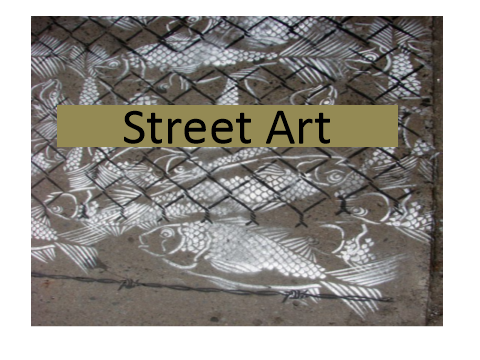
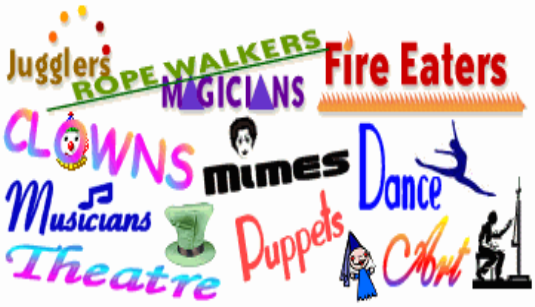
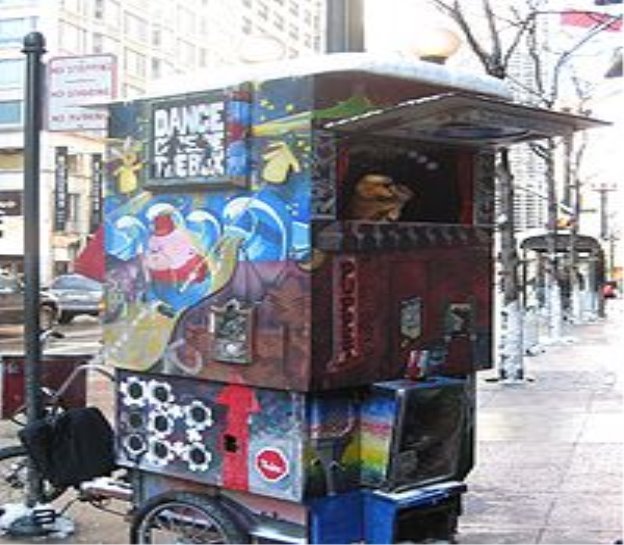
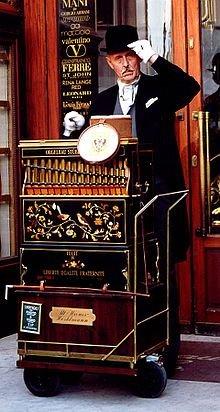
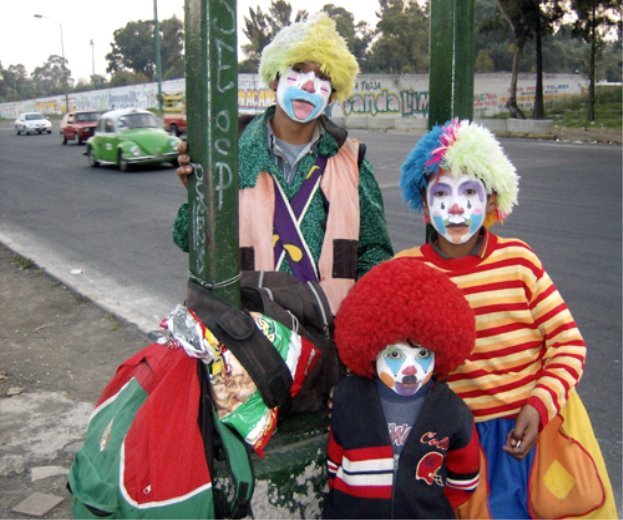

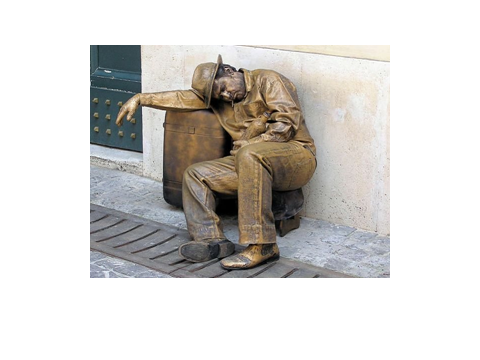
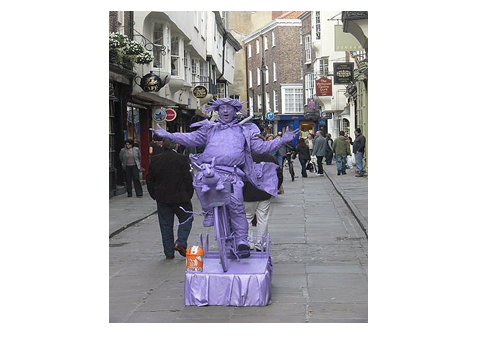
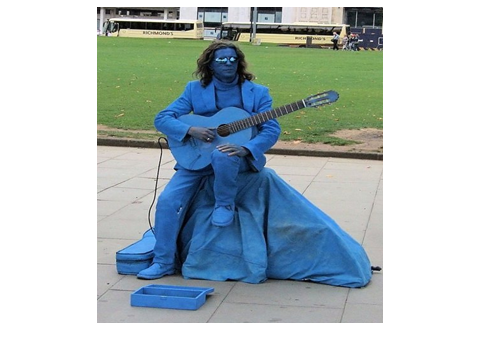
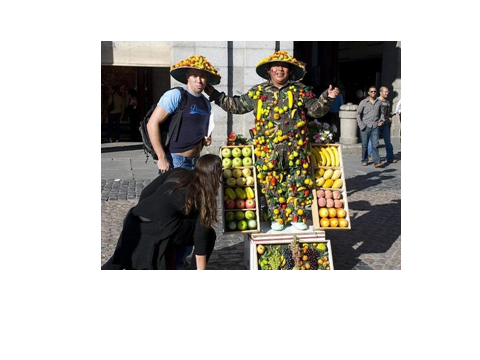
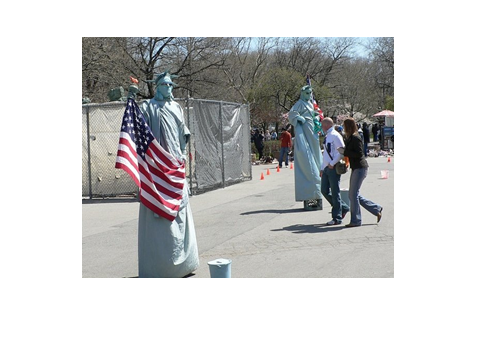

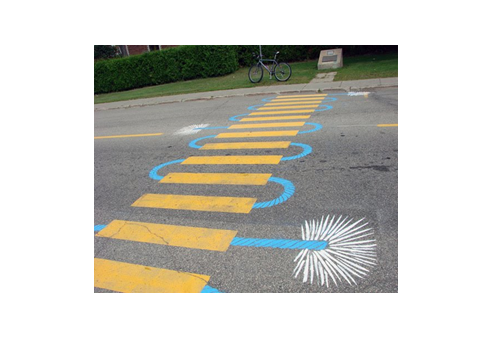
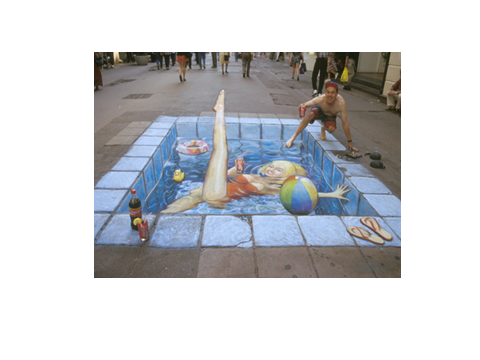
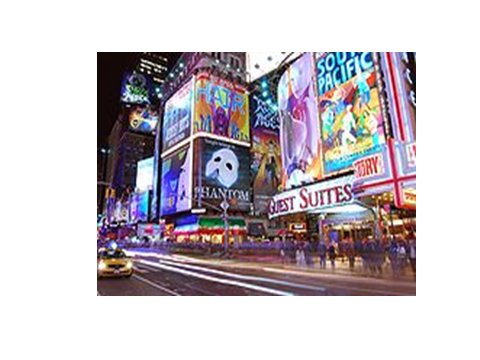
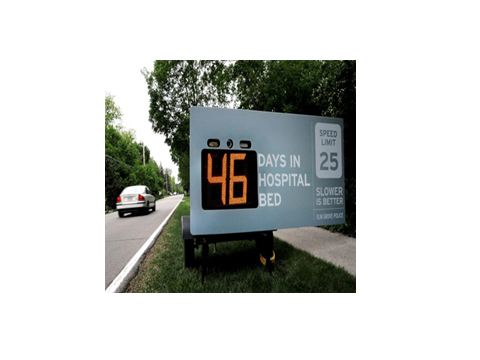
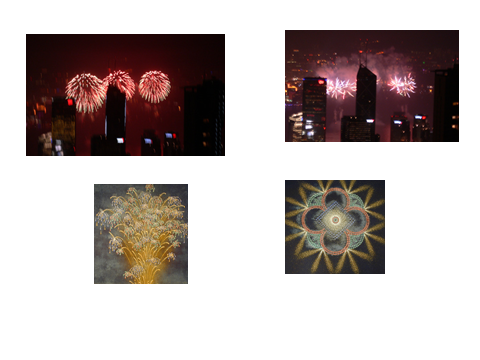
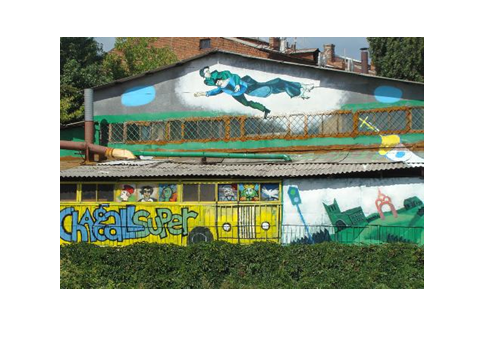
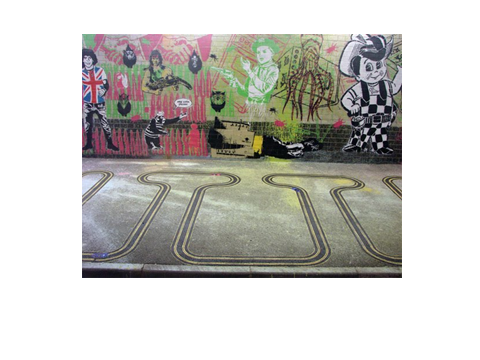
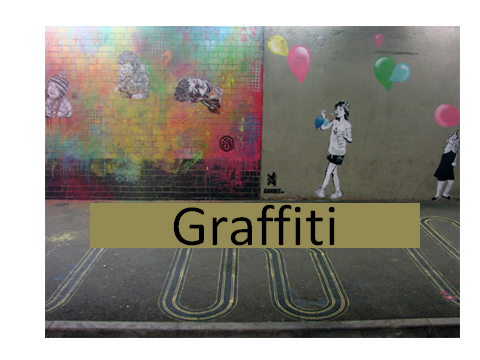


про публікацію авторської розробки
Додати розробку
